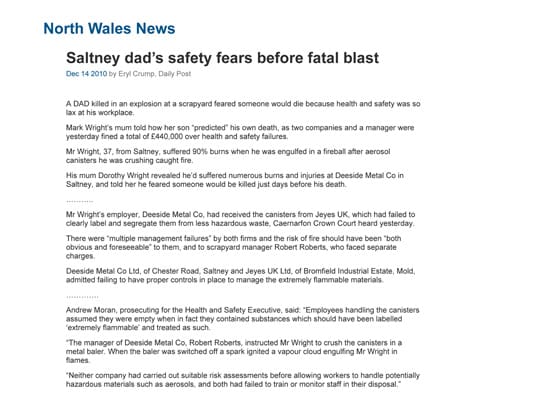The Australian newspaper reports today (26 July 2011) of a clash between the Construction Forestry Mining & Energy Union (CFMEU) and BHP Billiton over fatigue management. Fatigue management is one of the workplace hazards scheduled for a draft code of practice under the OHS harmonisation process.
The CFMEU believes that the current mining-related guidance is inadequate.
“The Construction Forestry Mining and Energy Union says the government buckled under industry pressure and abandoned plans for binding industry standards that would minimise the risk of workers doing successive 12-hour shifts and then driving long distances on public roads.”
The flaw in the CFMEU’s campaign is that it has been selective in its choice of fatigue documentation. Looking at the industry sector rather than the hazard or risk limits the hazard control options. In the current case the CFMEU is not acknowledging many of the fatigue guidancesand documents that are available from Workplace Health and Safety Queensland or from some of the other States and even from overseas as this Safe Work Australia document from 2006 shows.
In fact the narrow selection of guidance in this instance makes a strong case for greater collaboration in the development of information across industry sectors and State jurisdictions – one of the aims of harmonisation. Continue reading “Fatigue dispute illustrates ideological clash”

